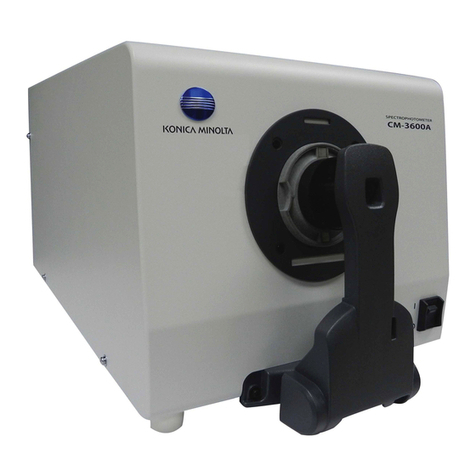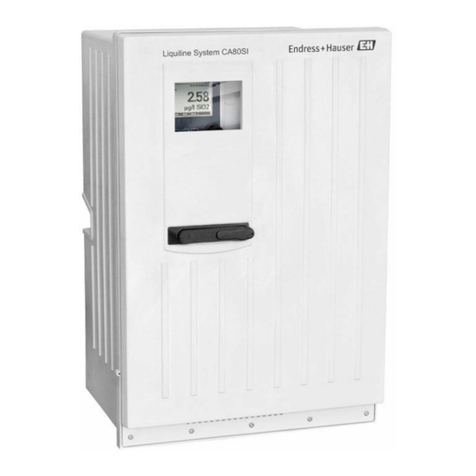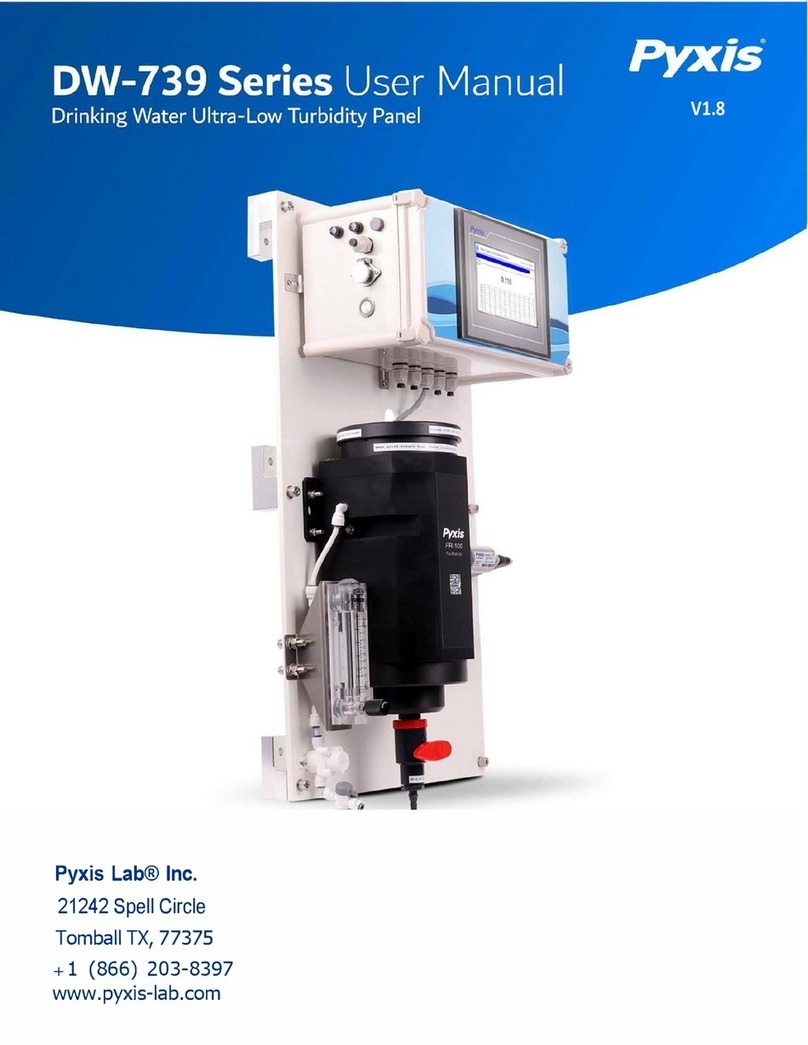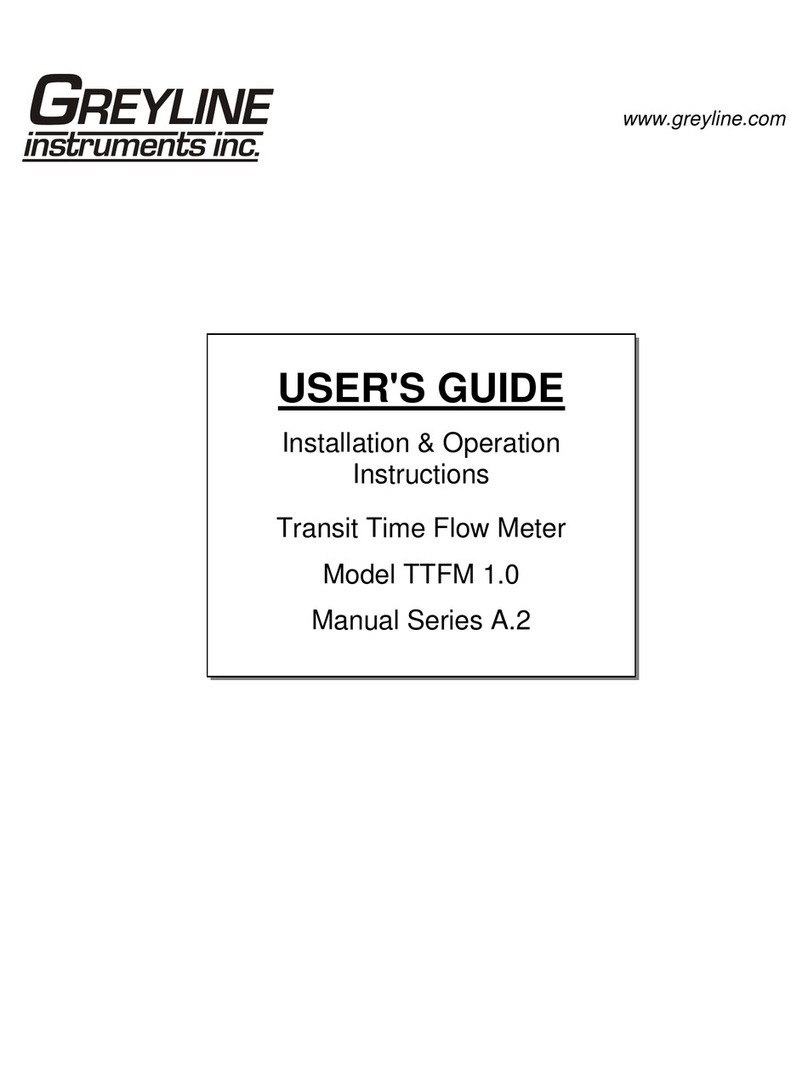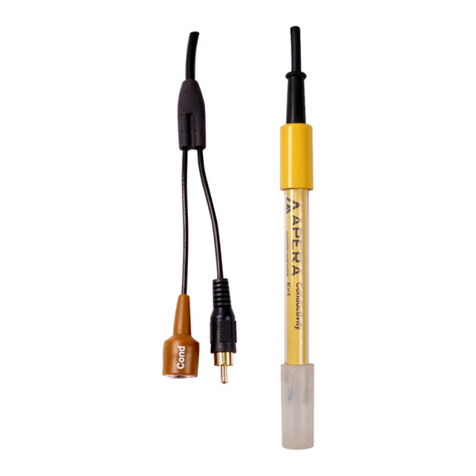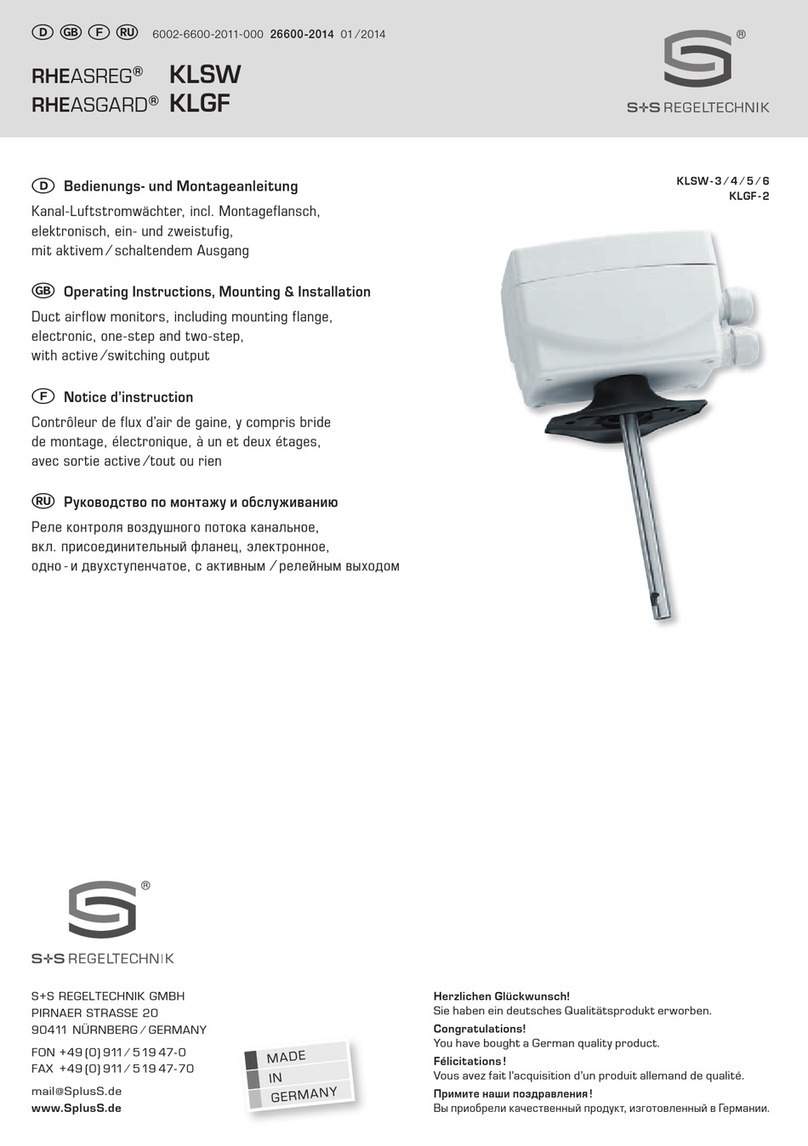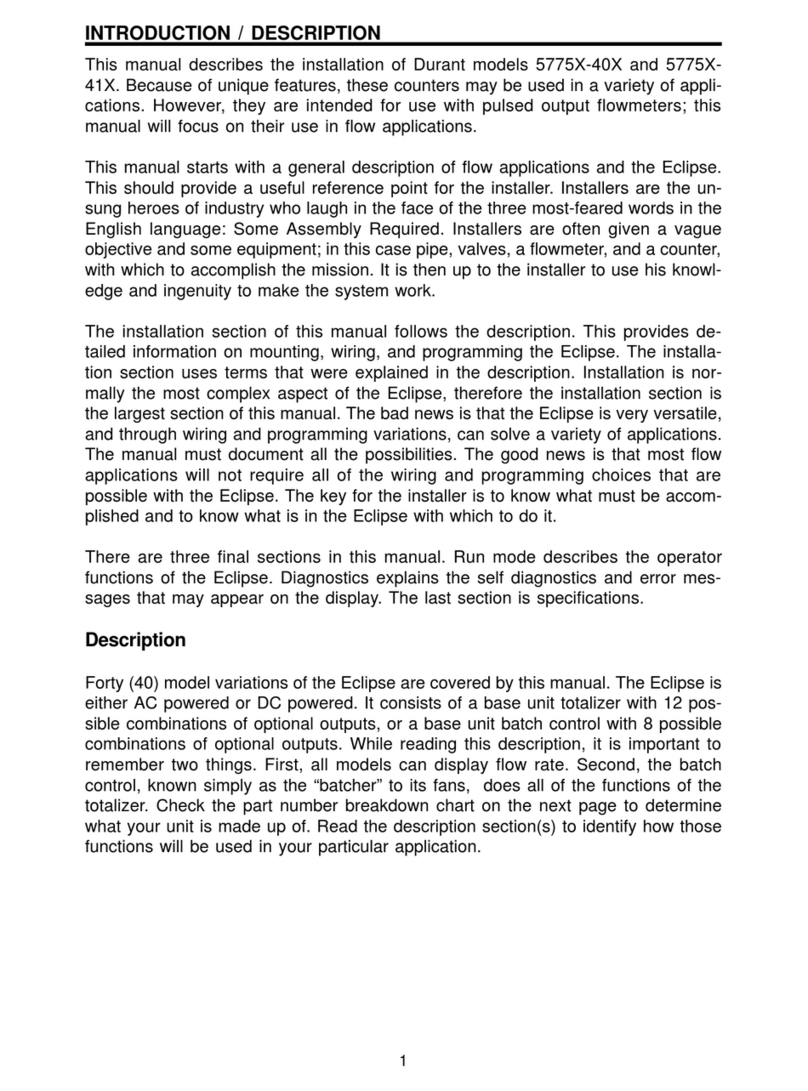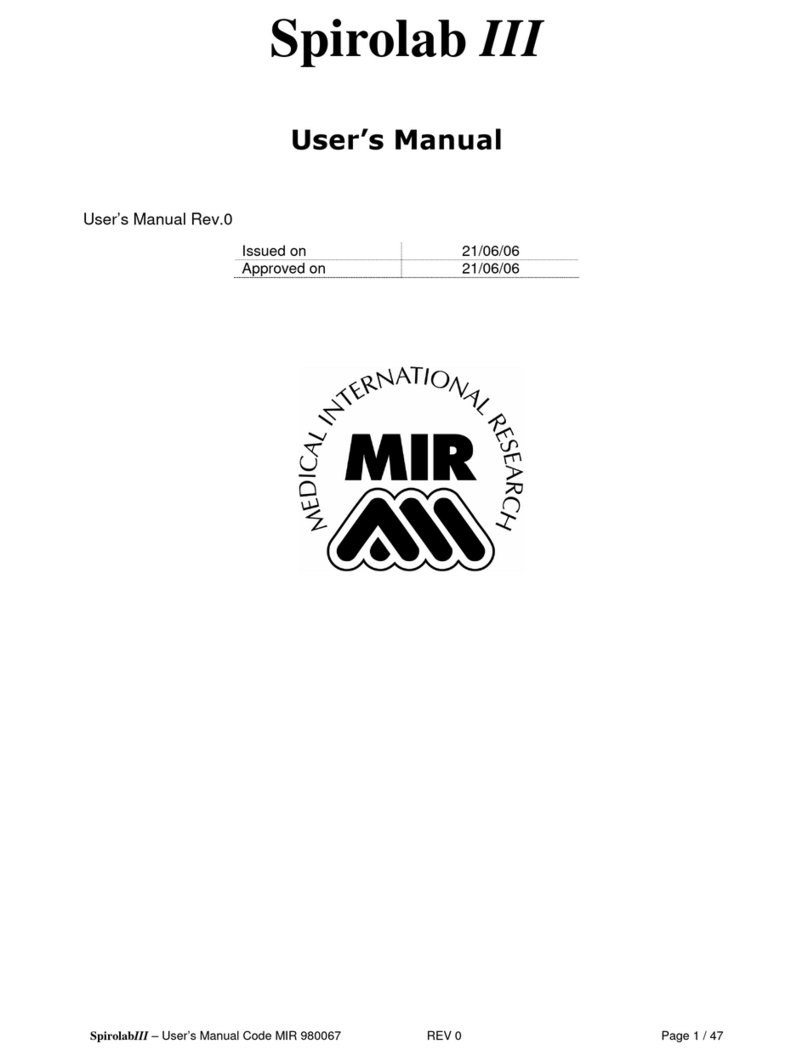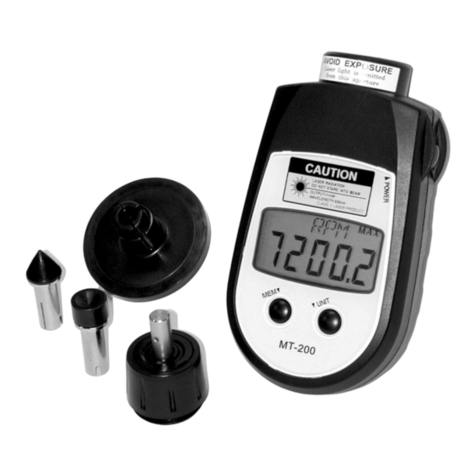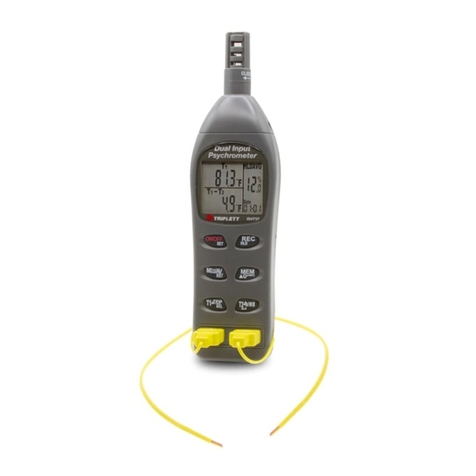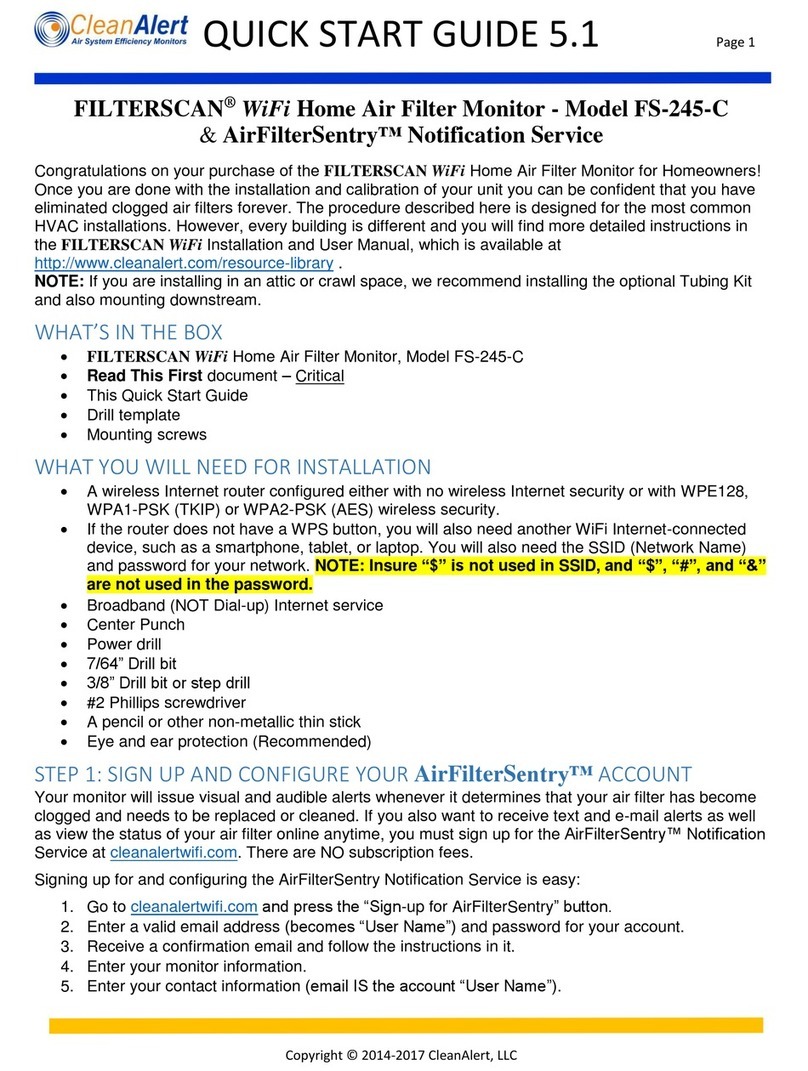INDEX
1. INTRODUCTION............................................................................................................................................................................................... 3
1.1 Intended use.......................................................................................................................................................................................... 3
1.1.1 User category ................................................................................................................................................................................... 3
1.1.2 Ability and experience required......................................................................................................................................................... 3
1.1.3 Operating Environment..................................................................................................................................................................... 4
1.1.4 Who can or must make the installation.............................................................................................................................................. 4
1.1.5 Patient effect on the use of the device............................................................................................................................................... 4
1.1.6 Limitations of use - Contraindications................................................................................................................................................ 4
1.2 Important safety warnings...................................................................................................................................................................... 4
1.2.1 Danger of cross-contamination ......................................................................................................................................................... 5
1.2.2 Turbine ............................................................................................................................................................................................. 5
1.2.3 Mouthpiece....................................................................................................................................................................................... 5
1.2.4 Oximetry sensors.............................................................................................................................................................................. 5
1.2.5 Device............................................................................................................................................................................................... 6
1.3 Lithium-ion battery pack warning............................................................................................................................................................ 6
1.4 Unforessen errors.................................................................................................................................................................................. 8
1.5 Labels and symbols............................................................................................................................................................................... 8
1.5.1 Identification label............................................................................................................................................................................. 8
1.5.2 CE mark for medical devices............................................................................................................................................................. 8
1.5.3 Electrical safety symbol..................................................................................................................................................................... 8
1.5.4 Warning symbol for the USB............................................................................................................................................................. 8
1.5.5 Warning symbol for the SpO2 port for oximetry................................................................................................................................. 8
1.5.6 Warning symbol for the WEEE.......................................................................................................................................................... 8
1.5.7 FDA and FCC Warnings ................................................................................................................................................................... 8
1.5.8 (ESD) Electrostatic discharge sensitivity symbol............................................................................................................................... 9
1.6 Product description................................................................................................................................................................................ 9
1.7 Technical specification......................................................................................................................................................................... 10
1.7.1 Features of the spirometer.............................................................................................................................................................. 10
1.7.2 Oximeter features ........................................................................................................................................................................... 11
1.7.3 Other features................................................................................................................................................................................. 14
2. FUNCTIONING OF THE SPIRODOC.............................................................................................................................................................. 15
2.1 Display................................................................................................................................................................................................. 15
2.2 Switching on and off the SPIRODOC................................................................................................................................................... 15
2.3 Energy saving...................................................................................................................................................................................... 16
2.4 Main screen......................................................................................................................................................................................... 16
2.5 Symbols and Icons .............................................................................................................................................................................. 16
2.6 Service menu....................................................................................................................................................................................... 17
2.6.1 Doctor Mode................................................................................................................................................................................... 18
2.6.2 Patient Mode................................................................................................................................................................................... 22
2.6.3 Reusable turbine calibration............................................................................................................................................................ 23
2.7 Patient Data......................................................................................................................................................................................... 24
2.7.1 Inserting data of a new patient ........................................................................................................................................................ 24
2.7.2 Patient data modification................................................................................................................................................................. 24
2.8 Visualization of memory data............................................................................................................................................................... 24
2.8.1 Database research modality............................................................................................................................................................ 24
2.8.2 Visualization of database info.......................................................................................................................................................... 25
2.9 Display of last test session from current patient ................................................................................................................................... 26
2.10 PC On line mode (connected to a PC)................................................................................................................................................. 26
2.11 Spirometry testing................................................................................................................................................................................ 26
2.11.1 FVC test.......................................................................................................................................................................................... 27
2.11.2 Test VC........................................................................................................................................................................................... 27
2.11.3 MVV Test........................................................................................................................................................................................ 28
2.11.4 POST test, after drug administration ............................................................................................................................................... 28
2.12 Viewing the spirometric results ............................................................................................................................................................ 28
2.12.1 Spirometry test interpretation.......................................................................................................................................................... 28
2.13 Oximetry Testing.................................................................................................................................................................................. 29
2.13.1 Walk test (6MWT)........................................................................................................................................................................... 31
2.13.2 Sleep Oximetry............................................................................................................................................................................... 33
2.13.3 Oximetry SpO2/BPM....................................................................................................................................................................... 33
2.13.4 Patient mode oximetry .................................................................................................................................................................... 33
2.13.5 Instructions for Adult Single Patient Sensor..................................................................................................................................... 34
2.14 Testing without patient data................................................................................................................................................................. 35
3. DATA TRANSMISSION .................................................................................................................................................................................. 35
3.1 Data Transmission via Bluetooth to a SERVER by cell phone.............................................................................................................. 35
3.2 Data transmission via Bluetooth for printing......................................................................................................................................... 35
3.2.1 How to print a test saved in the database........................................................................................................................................ 35
3.2.2 How to print a test of the last session.............................................................................................................................................. 36
3.3 PC connection via USB port................................................................................................................................................................. 36
3.4 Internal software upgrade .................................................................................................................................................................... 36
4. MAINTENANCE.............................................................................................................................................................................................. 36
4.1 Cleaning and checking the reusable turbine......................................................................................................................................... 36
4.1.1 Proper turbine operation check ....................................................................................................................................................... 37
4.2 Oximetry sensor cleaning .................................................................................................................................................................... 37
4.3 Changing the adhesive wrap sensor.................................................................................................................................................... 37
4.4 Battery charging................................................................................................................................................................................... 37
5. PROBLEM SOLVING...................................................................................................................................................................................... 38
LIMITED WARRANTY CONDITIONS ..................................................................................................................................................................... 40
ANNEX 1 OXIMETRY TEST REPORTS EXAMPLES..................................................................................................................................... 41
ANNEX 2 SPIROMETRY TEST REPORT EXAMPLE..................................................................................................................................... 44
ANNEX 3 INFORMATION FOR CORRECT USE IN AN ELECTROMAGNETIC ENVIRONMENT .................................................................. 45




















